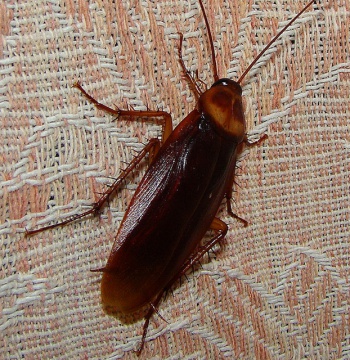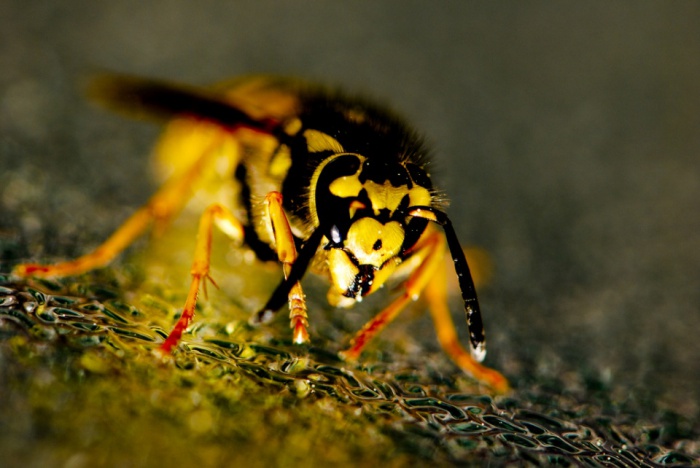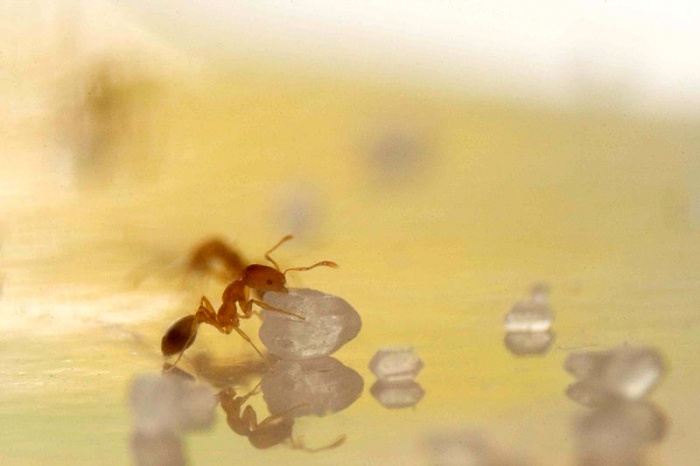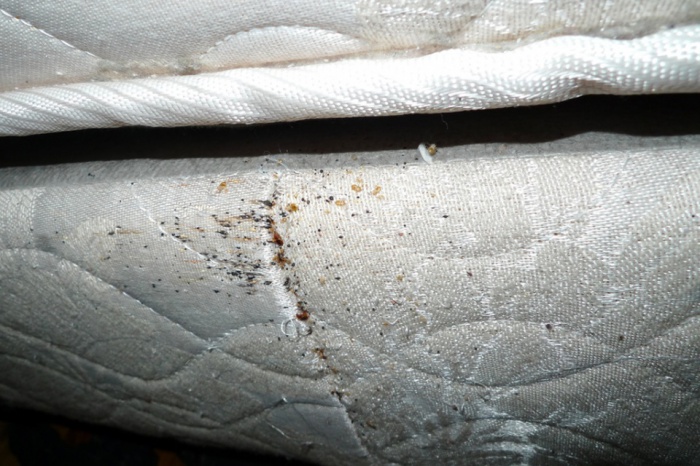 Norway Rats by Wikimedia Commons
Norway Rats by Wikimedia Commons
Not only are they dangerous for your personal health, but they also pose a serious threat to your property. They carry around various contagious diseases, and some of them seem as if they've come around just for one reason: slowly, but steadily destroy your house and push you out of your comfort zone. We’re talking about pests, practically at small creatures with the power to reduce the quality of our lives significantly. They’re something you can't overlook, but with the right procedures and a rapid response time, it’s not a problem that can't be dealt with. This article will help you recognize the most common and dangerous pests in Vancouver and find professional help, and give you tips what can you do to prevent them from returning and wave them goodbye forever.
Rats
These rodents can fit through openings that are as small as half an inch in diameter; therefore, it is almost impossible to rat-proof your home. Roof rats are very keen at climbing and can therefore find entry points up on the roof as well. Norway rats burrow to a depth of four feet, and can therefore find entry points into crawl spaces and basements. They have also unbelievably strong jaws, making them almost unstoppable. When hungry, they are capable of eating their way in through any material you put between them and the food. Both types of rats are very capable swimmers and can travel through sewer lines and into homes.
Rats are usually 6-10 inches long, ranging from black through brown to grey, colour, and they weigh from 6 to 17 ounces. A very distinct feature of rats are their long tails and pointy noses.
However, they’re very hard to prevent from entering your property, there are some things to make it harder for them to infest your environment.
- Keep firewood away from your home. Firewood might serve as a shelter to rats.
- If you have a bird feeder, allow birds to clean up birdseed that has fallen before adding more. Birdseed on the ground attracts rodents to your yard and ultimately can attract them into your home.
- Trim weeds, bushes, and densely growing plants like ivy and berry thickets. Keep branches from touching the roof or siding of house to make them impossible to climb onto.
- Keep dry goods (including pet food) in plastic containers that mask the smell of food.
- Keep garbage in properly sealed containers.
- Sanitize your house.
Cockroaches
 Cockroaches by Anil Jadhav
Cockroaches by Anil Jadhav
Adult cockroaches are pale brown with two dark stripes on their head; babies (called nymphs) are nearly all black. They have an oval-shaped, flattened body, two long antennae that sweep around their bodies, and wings although they do not fly. Adults are between 1/2" to 5/8" long; babies are approximately half the size of adults.
These pests are among the most creepy and ugly ones you can encounter. They carry all types of diseases, and they’re nocturnal, highly reproductive insects. They travel along water pipes and hide in tight, warm, dark places like electrical outlets, refrigerator motors, and under kitchen appliances.
Cockroaches are always brought into a home from the outside. They do not infest because of sanitation problems, although poor sanitation doesn’t help. They can be brought into a home in groceries, bags, boxes, clothing, laundry — pretty much anything, so it’s a good idea to check whatever you’re carrying into your home thoroughly. It’s wise to seek professional help in order to get rid of them efficiently.
Wasps
 Wasp by Thom Quine
Wasp by Thom Quine
Half an inch to 5/8 inches long, with black-and-yellow coloured coat, wasps are the original paper makers in the world. Their nests are usually cone-shaped and can be found in walls or hanging from trees or buildings. Some wasps even build their nests underground. In the summer there may be as many as 4,000 of them in a single colony. They generally become more aggressive late in the summer when the new queens for the next season are being produced.
Colonies survive for one year only, never reusing the same nest for the next season. Fertilized queens hibernate overwinter, and those that survive it, build a new nest with a colony in the spring. This doesn’t mean that you’ll always get rid of them after one season, however — they usually don’t go too far from the original nest.
It is better to seek professional pest control instead of trying to remove the nest yourself. Wasps are very aggressive if you try to manipulate their nests. You should look out for any signs of wasp nests — especially if you or any member of your family suffer from allergies. In such cases, a wasp attack could be extremely dangerous.
Pharaoh Ants
 Pharaoh Ant by Wikimedia Commons
Pharaoh Ant by Wikimedia Commons
Since pharaoh ants are usually brought into your household, there is practically no way to prevent them from entering. It is easier to spot a cockroach on the bag you're carrying than a tiny ant.
Generally, their nests are very hard to find since they incorporate them into every parts of your house, like the floor, walls, above the ceiling, or behind the baseboards. Human households attract them with their heat and moisture — the ideal conditions to set up a colony. Once a nest is established, it can split at any time to form a new nest. Because of this, when a nest experiences distress, it might split and cause new nests to pop up nearby. This spreading of pharaoh colonies is another factor that makes the problem difficult to treat. Do not try to spray the ants with any pesticide, as killing a few ants will bring distress to the entire colony and cause it to spread.
Bed Bugs
 Bed Bugs by Lauren
Bed Bugs by Lauren
Bed bugs are one of the greatest nuisances to have at your house, mainly because of their direct interaction with humans. They’re 1/4"–3/8" long, skin-biting creatures. They feed off dead human skin, leaving red marks on your body. They do this at night, so most of the people don’t even notice them. They lay approximately 200 eggs in their life cycle at a rate of one to five a day. You can recognize their presence by these signs.
- Black spots where the bugs have been
- Blood stains on mattresses and sheets
- Presence of a musty, sweet odour in the room (like fresh raspberries)
- Presence of red, itchy spots on a person
The experts from BC Pest Control advise the following:
A thorough inspection may take several hours, but is indispensable. Treat any bed bugs found with an appropriately labeled pesticide; in general, aerosols and liquids are best, but dusts are better for under baseboards, the tac-strip area under carpets, and voids including outlet boxes and the inner framework of sofas and stuffed chairs. The proper use of steam has proven to be an effective means of control in certain situations such as mattresses, boxsprings, stuffed furniture, stuffed toys, etc., but depth of penetration can be a problem. Use the large nozzle 1.5 from the surface and move slowly.
To read more about how to take care of these unwanted guests, visit BC Pest Control's site.
In all cases of pest infestation, it is always wiser to seek professional help. Here are some tips for companies you can contact for help with your little invaders:




